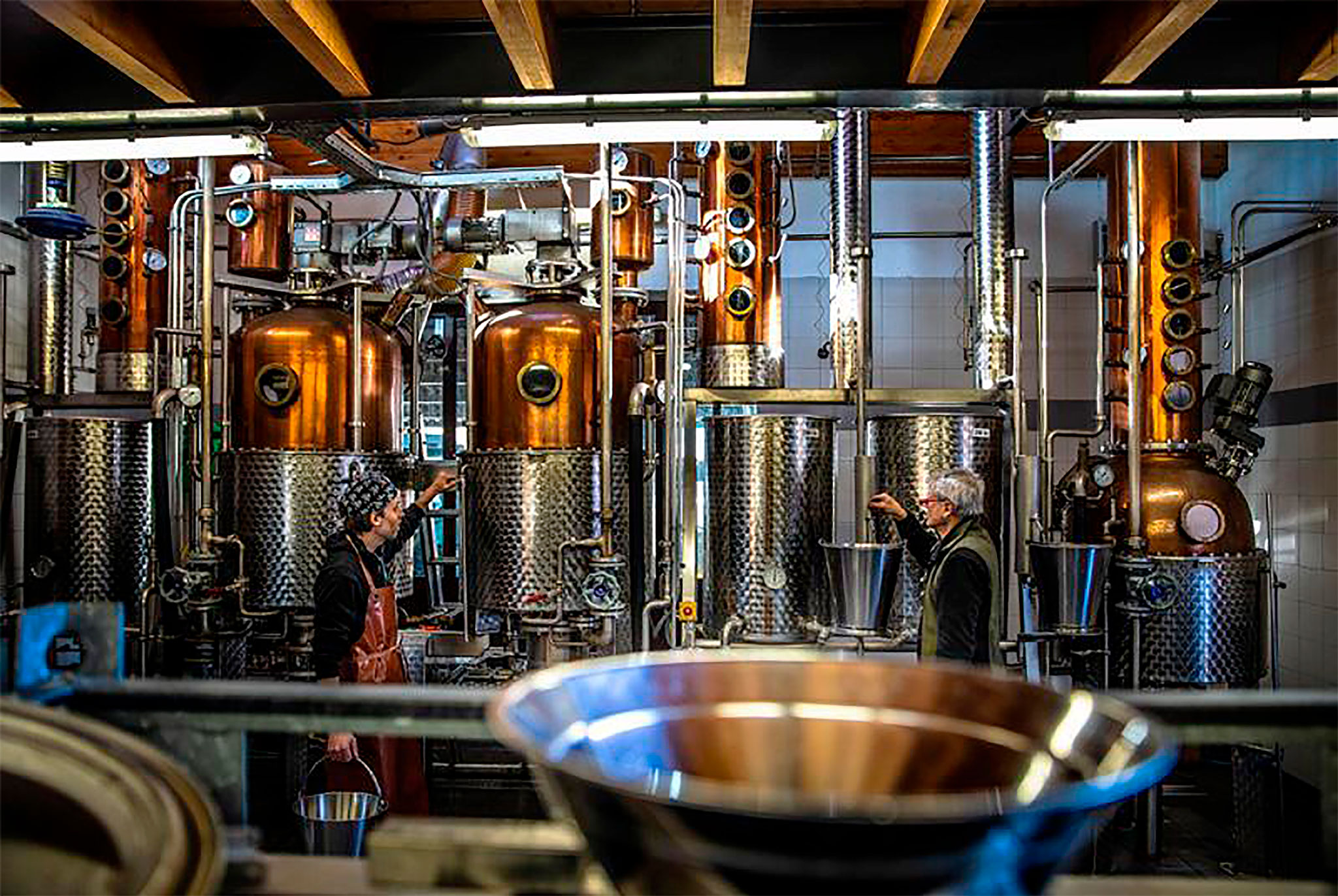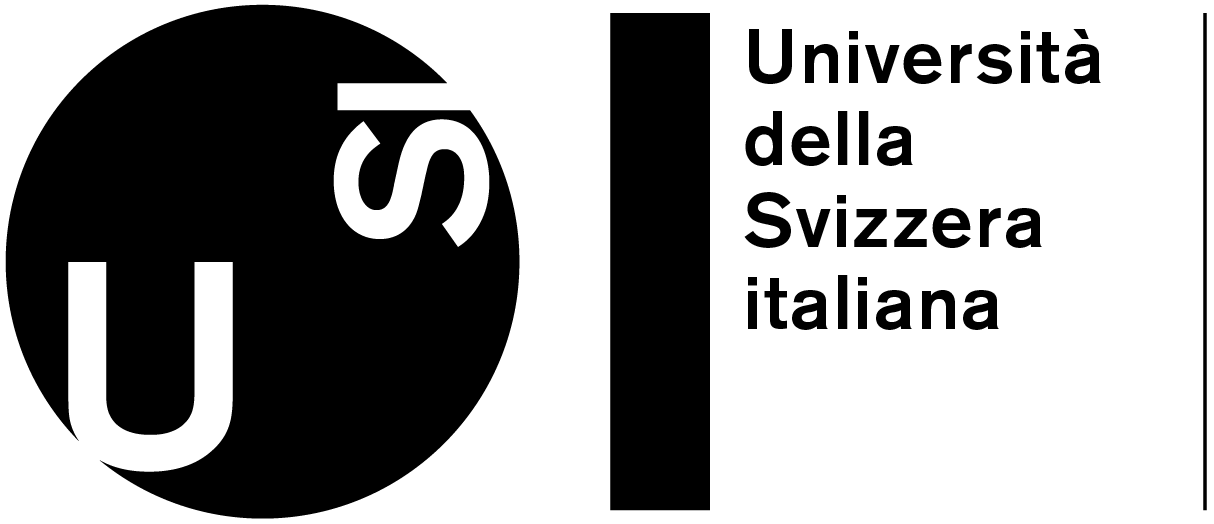Second Hand
Masters SS24

Effetti del Buon Governo in città, Ambrogio Lorenzetti, 1338-1339
︎︎︎ Semester SS24 Brief as pdf to download
︎︎︎ Semester SS24 Projects
Food Production
‘‘The food system is the world’s largest industry, with over one billion people engaged in the production, transportation, processing, and preparation of food every day. Ecologically, economically, culturally, politically, and historically, food shapes the world around us.
The current state of our globalized food system is strikingly fragile, built on an unsustainable base of industrial-scale monoculture and fuelled by systemic
injustice and environmental degradation. Optimized to value efficiency and profit, the infrastructure built to support the production and consumption of
food manufactures scarcity and manipulates surplus at a global scale.’’
(Text from MASS Design Group)
As the current food system makes us more and more disassociated from the food we eat, we need to promote the local networks of markets and producers, to sustain the small-scale productions while preserving local identity and culture.
Food has always had a significant impact on the evolution of culture and cities. Since the ancient Romans, whose conquests aimed to expand the supply chains of specific products or make their transportation through water easier, to the most recent industrial era, where in cities such as London, streets and neighbourhoods were named following the origin of food, and squares and piazzas were open-air urban markets.

Ogilby and Morgan’s large scale map of the city of London as rebuilt by 1676, indicating the food routes and squares.
Emotional Heritage
“It is not only people that contain the memory of a place, but buildings too are loaded with memories of the uses and lives that occupy them. The built fabric reflects social behaviour. It speaks of a way of using the ground, the sky, of a way of inhabiting. As an architect, to read the memories held in buildings and in people is to think about a future that counts on that past.”
(Flores & Prats, Emotional Heritage, Biennale di Architettura di Venezia 2023)
We propose to work in urban contexts, observing and identifying the valuable social and physical qualities embedded in the area. Being aware that not only people preserve the memory of a neighbourhood, we will discover that buildings also echo a multiplicity of uses and lives.
Our aim is to discover the emotional reality contained in existing places, and to test their capacity to adapt to new conditions of occupation. We will work in the city of Mendrisio, where we have identified three sites.
Regardless of their location, whether in the more historical old city centre or in the more modern urban tissue, all proposed areas are suitable for developing a program related to a local market: they all share the presence of an urban void, more or less public, to accommodate the market’s and producers’ outdoor activities and activate the city. The ground levels around these voids
constitute a great potential to connect the public space with the buildings and their functions, bringing new energy to the surrounding neighbourhood.

Photo of Piazzetta Puntico Virunio (now Piazzetta Achille Borella), Mendrisio, approx. 1930s.
Working Areas
Through an accurate analysis of archive documentation and during on-site surveys, we will be able to recognise the evolution of the site and read the traces of the past that are left exposed in the city. This will help us to understand that the city is an unfinished element, constantly changing to adapt, and in which different historical periods are juxtaposed.
Observing at historical maps, we can see how until the 19th century Mendrisio remained enclosed between the church of San Giovanni and Piazzetta Borella, articulated by a main axis formed by Via Stella, San Damiano and Corso Bello. Industry was concentrated in Bena and shops of various kinds were scattered along the streets, but large areas of agricultural production prevailed around the village. At the end of the same century, industries began to populate the suburbs, and from the 1960s they expanded into the San Martino plain. During these years, the transformation of the historic centre began, as did the expansion of residential areas and the creation of new roads to handle the heavy traffic brought by industry.
Each of the three sites for the new Market of Mendrisio depicts a different stage in the evolution of the town. Piazza del Ponte, the City Council and the Railway Station are very different areas with contrasting urban characteristics, but they have been chosen for their social character and because they have the potential to create new synergies that will enhance their qualities.
We will visit the sites together during our trip to Mendrisio, and later distribute the sites among the class. The exercise will be developed individually at the beginning, and later in groups.

Working Areas. Plan of Mendrisio 1883. Archivio di Stato del Cantone Ticino
1. Piazza del Ponte
“Ove sorgeva la più alta di quelle torri, fu fondata dai Bosia e dai Torriani una Chiesa, ch’ebbero perciò a lor parrocchia col padronato attivo. La Parrocchiale comune era divenuta angusta. Fu edificata la presente sulla proporzione del popolo d’allora. Ma per il crescimento della popolazione divenne angusta anche questa. Il disegno però di un nuovo Tempio è già stato fatto dal celebre architetto Cantoni: già un benefattore a ciò dispose un lascito: già ferve in mente a molti Borghigiani il generoso pensiero di quest’opera. Opera non sol lodevole, ma pressoché necessaria! La piazza si vorrebbe più ampia. (1) Ma chi riflette, ch’essa non è altro che un ponte, gettato sopra il fiume che divideva il paese, trova che questo ponte, costrutto ad uso di piazza in modo che il passeggiero per poco non se n’accorge, anzi che aversi in dispregio, è forse l’unica singolarità da notarsi.Ben più ampi si vorrebbero gli sbocchi di essa piazza, e più ampie e meglio spianate le contrade per non aver a sentire tutto giorno le imprecazioni de’ carrettieri.”
(Alexandre Martin, La Svizzera Pittoresca e i suoi dintorni. Mendrisio 1838, II ed., 227).

Piazza del Ponte, Mendrisio




Piazza del Ponte, Mendrisio, 2024. Photo: Adrià Goula
2. Municipio
In 1848, with the secularisation of the Ursulines, the building of their Convent became the location for the town hall and school. 50 years later and due to the need to refurbish the Monastery, the municipality announced a competition for the construction of new headquarters, which was won by architects Ramelli and Brunel.
In December 1904, the demolition of the old municipal house and the landscaping of the esplanade in front began. The Municipal Building came into use in 1906 and contains the administrative offices, the meeting rooms of the City Council, and until 1976 the primary school. The renovation of the building began in 1985 and was completed in 1989. In the same area we find the Casa Croci, the current museum of the trasparente and the Fondazione Croci offices, and the former drawing school (1840), which now houses the Conservatory.

Piazza del Municipio, Mendrisio




Piazza del Municipio, Mendrisio, 2024. Photo: Adrià Goula
3. Stazione dei treni
In 1863, the Federal Government approved the construction of the railway line between Bellinzona and Chiasso, which crosses the farmland of the San Martino plain, to be inaugurated on 6th of December 1873. To connect it with the city centre, Via alla Stazione, now called Via Giuseppe Motta, was built in 1875. From its construction, this area and the route of the Gotthard line became the location of choice for new factories, warehouses, confederate and foreign companies, hotels and trattorias, and, towards the end of the 19th and beginning of the 20th century, there was an increase in residential and commercial areas on the outskirts of the old town and along Via Motta.
With the great industrial and commercial development of the town in the 1950s and the increase in rail passengers and cargo traffic, the old station building was modernised and in 1960 the two underpasses giving access to tracks 2 and 3 were inaugurated.

Railway Station, Mendrisio




Railway Station, Mendrisio, 2024. Photo: Adrià Goula
Local Food Market Programme
The proposed programme aims to promote the central role of the market as urban generator around which a variety of different activities are integrated, to create a new social hub for the city and the community. As in the Ancient Greece and Roman eras, the market is still strictly related to the presence of a public piazza, an activated urban void located within the historic city centre, that creates sociality, meeting and exchange of information and goods.
While the programme for the Local Food Market will be shared by all site areas, every group of students will be able to decide about the addition of a complementary programme, that will help bring more activity into the market, ensuring life to the piazza even when the market is not on. The Local Food Market aims to develop a ‘‘new’’ model of an ‘‘old’’ market, a space for city and people, benefitting of the pivotal role of food as the key generator of an urban renewal.
Mendrisiotto: a variety of landscapes and products
Mendrisio develops within a strip of flat land at the southernmost point of Switzerland, in Canton Ticino. The area of the Mendrisiotto is located in a strategic position, both economically and geographically: very close to the border with Italy to the South, it is a main crossing point for the infrastructural connections across the two countries, while at the same time it presents a mild climate and a variety of landscape typologies and naturalistic qualities which make it one of the most fruitful lands of Switzerland.
The pre-alpine topography of this area, typical of the deep glacial lakes, is characterised by a very articulated and diversified landscape: the narrow valley, where the urban centres and means of transportation like streets and railways are concentrated, is surrounded east to west by hills and mountains (like Monte Generoso and Monte San Giorgio), and it is delimited to the North by a mass of fresh water, the Lake of Lugano. This variety of geographical and climatic environments has offered a range of ideal conditions for a multiplicity of productive activities historically rooted in the area, related to the exploitation of the land and the use of the resources offered by nature.
Therefore, numerous are the local food establishments: from agriculture to wine production, animal breeding and farming, beekeeping, fishing, beer and flour production. The food identity of the Mendrisiotto area is very prosperous.
Local Producers and the value of Food
The region of the Mendrisiotto is nowadays still permeated by a strong gastronomic culture, made of local food production, goods and dishes that combine history, passion and know-how.
Behind the typical, most-known local products, such as Merlot wine, polenta, zincarlin and formagella cheeses, a variety of cured-meats (salumi), distillates and beers, there is a network of regional producers: they maintain and transmit the local traditions related to food and cultural identity of the community, by producing the raw materials, sometimes transforming them to finished products, distributing them to local markets, restaurants and grottos.
Producers of the Mendrisiotto area are mainly involved in activities such as animal breeding aimed at meat, cured-meat, milk and cheese productions; chicken farming for meat and egg production; viticulture and wine-making; agriculture for seasonal vegetables and herbs; production of wheat and corn flours to be transformed into polenta or bakery products; beer and distillates productions; beekeeping and honey production; fishing. Some entities on the territory succeeded in combining the ethics behind local food culture with other values related to sustainability, organic and km0 production, social projects promoting the reintroduction of vulnerable people into the job’s world and community. The majority of the local producers of the Mendrisiotto gather every November for their annual meeting: the historical local fair called Fiera di San Martino where, since 1684, one can know and taste the local foods.

Fiera di San Martino, Mendrisio
Agri-business as collective and social entities

Azienda Agricola Bianchi, Arogno.
Farms - Farms are agriculture and breeding-based small enterprises, often family-owned. Their variety of goods usually ranges from agriculture to breeding, often including their derivate products such as milk and cheeses, cured meats, poultry/egg production.

Future Farmers’ project selling pumpkins in Mendrisio.
Sustainable Projects - A few entities around the territory actively participate in spreading a culture of sustainability around food. Above, one of Future Farmers’s project, selling local pumpkins with no supervision and a cash box where people pay independently.

Orto il Gelso, Melano.
Agriculture - The urban intensification of settlements and infrastructures has gradually reduced the extent of cultivated lands in the Mendrisiotto. The main crops are vineyards, corn, and herbs, while very little is the production of vegetables and fruits.

Orto il Gelso, Melano.
Food and social - Some structures in the area pair the culture of local food with supporting fragile people, involving them in several activities related to land. Orto il Gelso is a ‘‘home and work’’ community for 25 people with disabilities, giving them a place to live and a job in the productive field.
Products derived from processes of transformation

Mulino di Bruzella, Bruzella.
Flour Mills - Flours can be produced from different kind of cereals, and despite the most common wheat flour, the most typical ones from the territory of the Mendrisiotto are the yellow and red corn flours, used to cook the traditional polenta. Mulino di Bruzella, an old mill from the XIII century, is still in use today, transforming cereal into flour.

Azienda Agricola lo Scoglio, Malcantone.
Cheese Production - Animals such as cows, goats and sheep, are bred to produce milk, from which a wide range of products can be obtained: different kinds of typical cheeses, such as the zincarlin, or even yogurts and butter.

Parravicini Vitivinicoltori, Corteglia.
Viticulture and wine making - Thanks to its climate and hills, the Mendrisiotto area is ideal for the cultivation of vineyards. Today, cantine of viticulture and wine production are dominating the agricultural panorama. Typical wine is the Merlot.

Bisbino sagl, Sagno.
Distillers and brewers - Artisanal products of brewery and distillery have been in Ticino since the beginning of the 19th century. In the territory are produced: grappa, gin, several kinds of beers (also from chestnut, farina bona or elderberry).
Animal Products

Il Pungiglione Miele Zanatta, Stabio.
Beekeeping and honey production - The geographical position of Ticino and its variety of plant species, allow the beekeepers to produce several types of honeys without having to migrate, amongst the most typical: chestnut, acacia and wildflower.

Cows at Agriturismo Dosso dell’Ora, Monte Generoso.
Breeding for milk and meat production - Animals such as mainly cows and pigs, but also goats, horses, and donkeys, are bred to produce a range of different cuts of meat as well as cured-meats, for example the typical luganiga and carne secca.

Cooperative dei Pescatori di Pesce di Lago, Riva San Vitale.
Freshwater fishing - Cooperatives of local fishermen collaborate in fishing the typical freshwater fish such as whitefish, zander, trout, and missultin, while at the same time safeguarding these local species by reintroducing bred baby fish in lake Ceresio.

Stabilimento avicolo Al Formicaio, Ponte Capriasca.
Poultry farming and egg production - There are only very few poultry / egg productions plants in the territory of Mendrisio, nevertheless it is possible to find free-range biological eggs at km 0 in all the local supermarkets of the territory of Mendrisiotto.

